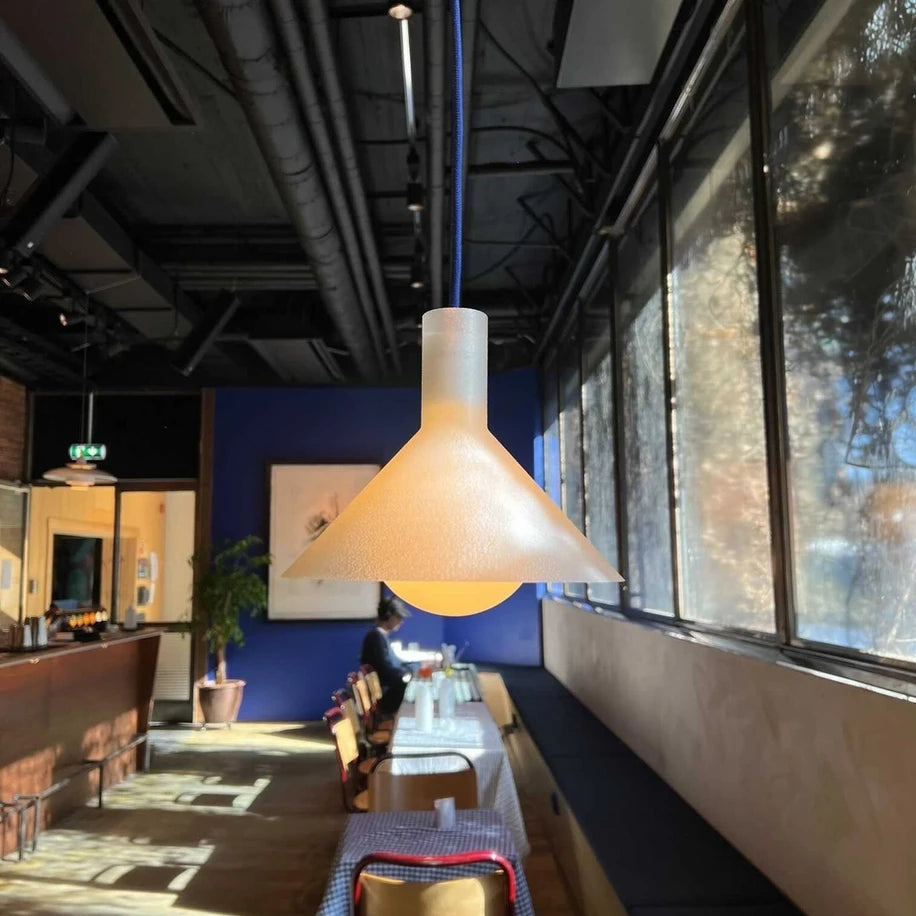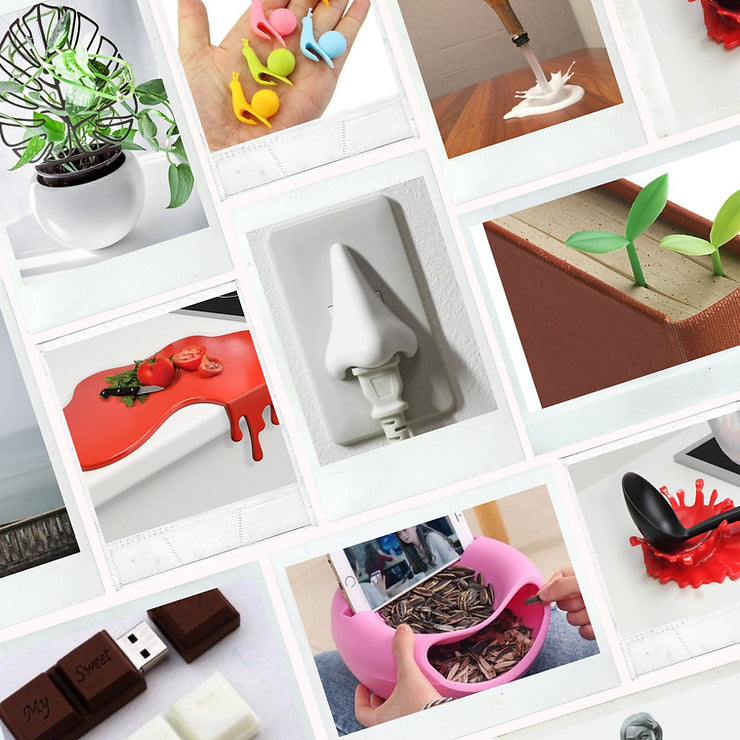In the 1980s, when additive manufacturing was originally developed, it was solely used for prototypes, but it has since gradually replaced that application. From being an alien-like wonder held in laboratories, additive manufacturing technology has evolved into a beloved innovation. 3D printing has improved substantially, generating everything from toys to anatomies to enormous industrial items to home decor items and electronics. Nowadays end products may be made by 3D printing from a range of materials, including plastics, metals, biocompatible materials, and even food.
There are a lot of opportunities for 3D printing to become a really common way to manufacture any goods. However, let's see what 3D printing experts have to say about it.

Leonardo, owner of Aalto3dStudio
In my opinion, 3D printing has been so successful for spare parts printing because of its immense advantages, first, the cost-effectiveness of additive manufacturing compared to the standard process of producing items using molds. Just think about the cost of a mold to make plastic or metal items, compared to a 3D printer, this one is much more affordable. Then, the production process itself is cheaper, more sustainable, and less wasteful in terms of material: with 3D printing, you can make objects that are almost empty inside but maintain the same, excellent mechanical properties (sometimes better). Thanks to constant innovation, now many companies rely on 3D printing for producing end products, as well as using it for prototyping.
3D printing has been in exponential growth so far, and I strongly believe we will see some good improvements in the field in the future, as well as lots of companies that will start using this awesome technology. In addition to the advantages mentioned before, in 3D printing the limit is usually the imagination.
With this technique, you are able to create objects that are both artistic and functional, at a cheap price. This is what we do in Aalto3dStudio. We want to make the most out of this innovative production process. One of the best examples is our “Flow” Pot.
The value that 3D print companies are able to offer in terms of convenience is immense, and I think it will increase in the future thanks to certain innovations.

Joe Shade, product designer.
Scalability, 3D printing is much better suited to one-off and batch production than conventional manufacturing. This makes it perfect for producing spare parts that (due to low demand) may have otherwise been unavailable, it can also drastically reduce costs by eliminating the need for warehousing and keeping inventory. 3D printing is particularly suited to JIT (just in time) manufacturing.
Potentially, 3D printing will never replace traditional manufacturing despite its increasing accessibility. It is still drastically cheaper to get a part injection moulded (at an industrial scale) rather than 3D printed. But I believe we could see a massive resurgence in the cottage industry, where people are able to design, manufacture and market their products from home.
I think this newfound consumer availability will encourage more diversity and creativity within industrial design. It’s quick which makes it incredibly useful for prototyping and iterative design, which is vital in competitive fields. 3D printing drastically reduces development time and allows for increased productivity in design. It can produce artifacts that would otherwise be impossible to produce. Porsche has recently utilized 3D printing in the 911 GT2 RS. By 3D printing the pistons Porsche was able to engineer weight-saving and strengthening features that would be impossible to produce by forging, resulting in increased efficiency and power.

Jelena, the owner of RYJE, the design, minimalist, and eco-friendly decoration store.
Printers, software, and materials are becoming more and more efficient. 3D printing is predominantly used for just a handful of project types and finished products. One of the biggest obstacles is printing times. They are too long for some types of products. This makes high-volume production almost impossible for the moment. But with time and evolution, things are changing. Companies were quick to realize that 3D printing was the next big thing. But not for private individuals. 3D printing for individuals is not yet widespread and known. Many people around us or customers are surprised that we can print a finished product. For a lot of reasons. Cost-efficiency, flexibility, reliability, reducing the amount of storage space....3D printing allows companies to respond to a problem in an almost instantaneous manner while minimizing waste.

Francis and Gio, 3D printed home decor brand owners.
Competition between manufacturers has lowered the technical and financial barriers to entry to printers that provide high-quality end products. With the right combination of design, printing technique, and materials the result can be a more cost-effective, functional, and superior product when compared to traditional manufacturing techniques. 3D printing is broadening its market share in some markets and applications. We see highly customizable products with short lead time and manufacturing of intricate complex geometry as the areas where 3D is already the big thing. One of the main advantages is the flexibility of additional manufacturing capacity, lower MOQs, and virtually no overhead.

Bryan, the owner of GrofAmsterdam
3D printing as a technology is becoming more and more accessible. Where at first most users were engineers, creators and designers are now a major part of the 3D printing community. Thanks to this technology, you don’t have to work with external producers to get your products manufactured. It gives the creative all the tools they need to unleash the potential of their creativity. In addition, the machinery is getting better by the day, allowing for the production of well-finished and beautiful products.
Maybe “the next big thing” is the opposite of the near future of 3D printing. Alternative production methods will still dominate the market of mass production manufacturing. On the other hand, I expect 3D printing to thrive in small and exclusive production types. It allows creators to make unique products and art pieces, which thanks to 3D printing can be produced on a small scale. 3D printing will definitely disrupt the market of limited, and unique luxury products.
3D printing is more flexible compared to traditional production methods. It allows for rapid sample production, to optimize the product to fit the brand and the company’s vision. Additionally, businesses can reduce risk in their investments through lower MOQs for 3D printed products. They can slowly start selling a new product, use market feedback to further improve the product, and then continue scaling. This way 3D printed products can increase value over alternatives while keeping the risks low.
We are grateful to all the experts who provided input and made this roundup possible. Hopefully, you have learned something new about the subject.
What would you love to read and learn from in the upcoming roundup? Please tell us in the comments.
Picture by: KellyStudioCo

![From spare parts to end products. Revolutionary 3D printing [EXPERTS ROUNDUP]](http://vulkaza.com/cdn/shop/articles/cd7d11_342cc3cb49bd4ae5acbc0e10dc58427a_mv2.webp?v=1672834571&width=1500)

